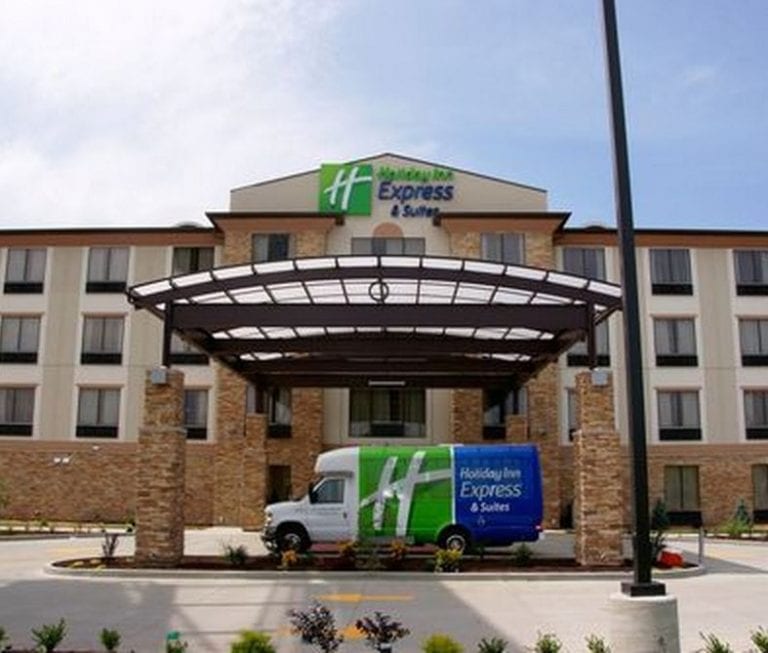Carrots and Sticks
 Legislators have long used a variety of incentives and disincentives to encourage or discourage certain behaviors. Subsidies, like tax credits and loan guarantees, help jumpstart and grow new businesses. Taxes, penalties and outright bans make it uncomfortable or illegal to continue doing what we’ve done in the past.
Legislators have long used a variety of incentives and disincentives to encourage or discourage certain behaviors. Subsidies, like tax credits and loan guarantees, help jumpstart and grow new businesses. Taxes, penalties and outright bans make it uncomfortable or illegal to continue doing what we’ve done in the past.
So when the federal government banned the 100 watt incandescent bulb effective January 1, 2012, there was a huge reaction that ultimately ended in a compromise settlement that pushed the ban back to September 30, 2012, when the federal government’s fiscal year ends. There has been little talk about what will happen at the end of this month.
This has been a bit of a debacle, particularly for the lighting industry. With new lighting standards agreed upon, and incentives and encouragement to move full speed ahead on alternative lighting technologies, like compact fluorescent lights (CFLs) and Light Emitting Diodes (LEDs), which use significantly less energy. In fact, CFLs use about 25% of the energy that a comparable incandescent uses, and LEDs use about 10-20%.
I’d prefer to see incandescent bulbs taxed in a way that would naturally reduce consumption and offset the amount of CO2 for which they’re responsible. I believe that they (incandescents) have a place in our world (like art galleries and perhaps posh restaurants), and if it’s important enough to you then you simply pay the price. Perhaps the artificial disincentive could be magically reallocated to subsidize the higher cost of the alternatives, so that lower income consumers aren’t overly burdened by the policy change. As prices naturally continue to erode on the new technologies, the subsidy can be phased out as the next generation lights become the norm.
I am particularly enthusiastic about LEDs, and believe that this is the lighting technology that will dominate the future of lighting. While incandescent bulbs use 10% of the energy for light and 90% for heat, LEDs are just the opposite, with only 10% of the energy wasted as heat. They also last much longer – approximately 25,000-50,000 hours compared to 1,000-1,500 hours for a typical incandescent.
LEDs are getting more and more affordable, and at some point I expect that they’ll be competitive with CFLs. I bought some EcoSmart LED bulbs at Home Depot for under $10, along with another more expensive model that cost $14. Both are dimmable, with the less expensive (40 watt equivalent) lasting up to 50,000 hours, and costing less than $1 a year to run. Compare this to a comparable incandescent, which may cost about $0.25 to buy and $4.38 per year to run. Both examples assume three hours a day 365 days a year, so you can plan to replace the incandescent bulb at the end of the year since that’s about 1,100 hours.
The big payback occurs when you have lights on all day long (or 24 hours a day!) If we change our example to 12 hours a day, the cost of the four incandescents (again assuming that they only last 1100 hours) will be $1 plus $17.50 for energy. The LED, on the other hand, will be $10 plus $4 for energy. So the payback is less than a year. And you won’t need to replace the LED for 10 years or longer. Think of how many trips to the closet to get the stool or ladder that will save!
Now, the truth is, I still have a few incandescent bulbs left in our house where we have dimmer switches, like over our dining room table and master bedroom. But we don’t leave these lights on a great deal, so I’m willing so splurge for traditional mood lighting. Who knows – maybe some day they’ll be able to make LEDs glow orange when you dim them down sufficiently!
Choice is good. A ban would likely create an underground business for incandescents – though it would certainly result in fewer sold and thus used. But this is a slippery slope — what other inefficient products should arguably be banned? Levying a tax on manufacture sales would drive up the price and capture revenue at a few points. That money could then be reinvested in R&D for lighting technology, or used in another way to subsidize the cost of more efficient alternatives to achieve appropriate economies of scale.
Carrots and sticks have long been effective complementary tools to getting the horse out of the barn. Hopefully we can find a good combination to get people to change their lighting habits!
This was published in the Going Green section of the September 2012 issue of Spirit Seeker magazine.

